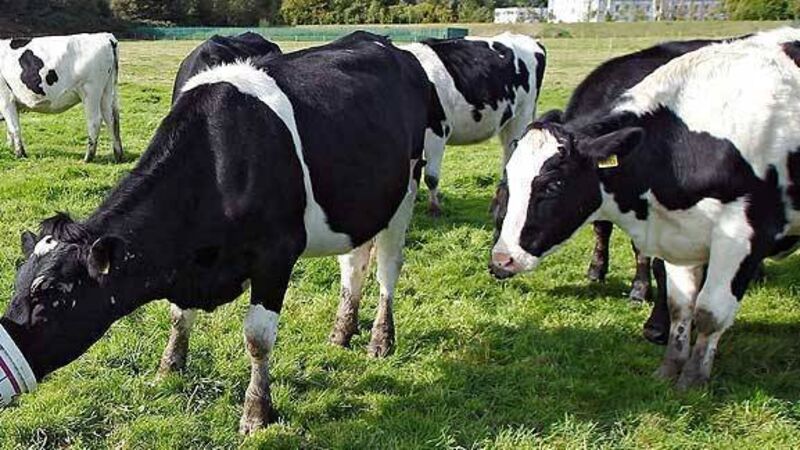Dairy farmers keep pressure on EU after €500m aid package agreed

European Milk Board member organisations will protest today in Denmark, France, Italy, the Netherlands, Switzerland, and Spain, and ICMSA, also an EMB member, is holding press briefings on the EU milk market crisis.
The EMB says the milk market crisis has spread like wildfire, leaving farmers in every member state fighting for their survival and for preservation of milk-producing regions.
The EU’s €500m aid initiative in mid-September followed weeks of protests across the continent — and today’s EMB day of protest is designed to send a message to EU agriculture minister meeting in Brussels next Monday.
ICMSA Deputy President and Dairy Chairman Pat McCormack says that the 22.7% milk price fall this year has caused widespread and growing anxiety amongst milk suppliers, due to the lack of coherent domestic or EU dairy policy. He said the impact is severe in Munster and South Leinster with, for example, an estimated €111m drop in spending in Tipperary alone, due to the milk price slump.
ICMSA President John Comer has called on banks to take a sensible approach to expected significant cash flow difficulties for farmers in the new milk season next spring, warning that it is likely to be “a particularly challenging time”.
He said Irish farmers are paying €80m more per annum in interest than their counterparts across the EU. ICMSA general secretary John Enright explained, “We have conducted an analysis of the interest rates that Irish farmers pay compared with their EU counterparts. Had we the EU’s average rate, we would be paying €80 million less.
“If a farmer gets a better interest rate from another bank, he or she must employ two solicitors to transfer the security from one bank to the other. This is because of the property crash, not farmers, yet we are paying the consequence. The charge is probably €2,000 or €3,000,” said Mr Enright.
Meanwhile, Glanbia Ingredients Ireland (GII) has launched a fixed milk and feed price scheme worth 32.53 cpl for average constituents milk, for 18 months from next January. For the first time, it includes an option to fix the price now for a set tonnage of concentrate feeds delivered and paid for between August and December, 2016.
Another 2016 boost for milk prices could come from the ending next March of China’s one-child policy, which is expected to boost the country’s demand for infant formula 10 to 20%. This could help to soak up growing milk supplies from the EU, which produces seven times more than New Zealand, and has boosted production 2.5% year-on-year since quotas were scrapped last April.









